Home>Home Maintenance>What Fails A Home Inspection
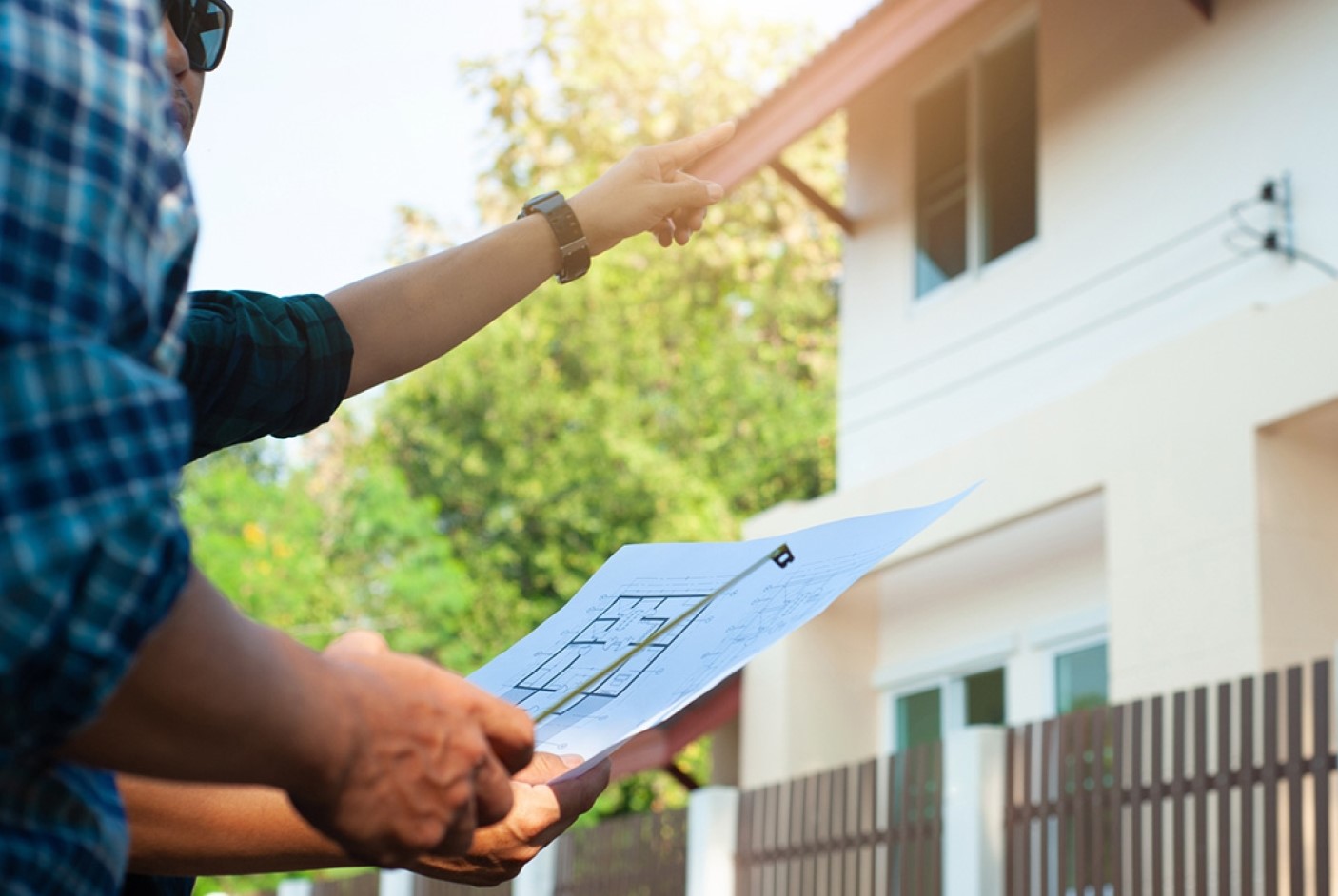

Home Maintenance
What Fails A Home Inspection
Modified: March 6, 2024
Worried about your home-maintenance routine? Discover common issues that fail a home inspection and learn how to avoid them.
(Many of the links in this article redirect to a specific reviewed product. Your purchase of these products through affiliate links helps to generate commission for Storables.com, at no extra cost. Learn more)
Introduction
Welcome to the world of home maintenance and inspections. Whether you are a prospective buyer, a curious homeowner, or a diligent real estate agent, understanding the common issues that can fail a home inspection is essential. A thorough home inspection is an important step in the homebuying process, as it can uncover potential problems and help you make an informed decision.
During a home inspection, a certified inspector thoroughly evaluates the various systems and components of a property. This includes the structural integrity, electrical wiring, plumbing, roofing, heating and cooling systems, insulation, and more. Any deficiencies discovered during the inspection can affect the safety, functionality, and value of the home.
In this article, we will dive into the most common issues that can cause a home inspection to fail. By understanding these potential problems, you can be better prepared and take necessary steps to address them. Let’s explore each of these areas in detail.
Key Takeaways:
- Don’t overlook structural, electrical, plumbing, and roofing issues during a home inspection. Addressing these problems promptly ensures a safe and valuable investment in your home.
- Regular maintenance, proactive pest control, and addressing safety concerns are essential for a safe and comfortable living environment. Prioritize these aspects to protect your home and its occupants.
Read more: What Is A Pass/Fail Home Inspection
Structural issues
When it comes to a home inspection, structural integrity is of utmost importance. Structural issues can significantly impact the safety and stability of a property. Some common structural problems that can fail a home inspection include:
- Foundation cracks or settlement: Cracks in the foundation can indicate underlying issues, such as poor construction or soil movement. Significant foundation problems can lead to costly repairs and compromise the stability of the entire structure.
- Roof damage: A damaged or deteriorated roof can be a red flag during a home inspection. Issues such as missing shingles, water leaks, or sagging can indicate potential structural problems.
- Walls and framing issues: Improperly constructed walls or framing can result in stability issues and even pose safety hazards. Common problems include improper load-bearing walls, inadequate bracing, or signs of water damage.
- Cracked or leaning walls: Cracks in walls, especially those that are large or have an irregular pattern, can be indicative of shifting foundations or structural instability.
If any of these structural issues are identified during a home inspection, it is crucial to consult with a professional contractor or structural engineer to assess the severity of the problem and determine the necessary repairs. Ignoring or neglecting structural issues can lead to further damage and costly repairs down the line.
It’s important to note that not all cracks or minor issues may be cause for alarm. Some cracks can be normal settling or age-related, while others may require immediate attention. A qualified inspector will be able to assess the severity of the issue and provide guidance on the appropriate course of action.
Addressing structural issues promptly is essential not only for the safety of those living in the home but also for maintaining the property’s value. Taking the necessary steps to remediate structural problems will provide peace of mind and ensure that your investment stands on a solid foundation.
Electrical problems
Electrical issues can pose serious safety hazards and are a common cause of failed home inspections. A thorough inspection of the electrical system is crucial to identify potential problems. Here are some common electrical issues that can fail a home inspection:
- Outdated wiring: Homes with outdated electrical systems, such as knob-and-tube or aluminum wiring, can be flagged during an inspection. These older wiring methods may be unsafe and not up to current building codes.
- Faulty wiring or improper installations: Improperly installed or faulty electrical wiring can lead to fire hazards and electrocution risks. This can include issues such as exposed wires, inappropriate use of extension cords, or inadequate grounding.
- Insufficient electrical capacity: Homes that do not have sufficient electrical capacity to handle the demands of modern appliances and electronics may fail an inspection. This can be evident in frequently tripped breakers, overloaded circuits, or outdated electrical panels.
- Lack of GFCI outlets: Ground Fault Circuit Interrupter (GFCI) outlets are required in certain areas of a home, such as bathrooms, kitchens, and outdoor spaces. These outlets are designed to protect against electrocution and should be functioning properly.
If these electrical problems are detected during a home inspection, it is important to hire a licensed electrician to evaluate the system and make any necessary repairs. Electrical work should always be done by a qualified professional to ensure the safety and proper functioning of the system.
It’s worth noting that even if an electrical issue does not immediately fail a home inspection, it is still important to address it for safety reasons. Electrical problems have the potential to cause fires, electrocution, or damage to sensitive electronics. Regular maintenance and inspections of the electrical system can help prevent future issues and ensure the safety of the occupants.
When buying or selling a home, it’s crucial to have a thorough electrical inspection performed by a qualified professional. This will provide peace of mind and help identify any potential electrical problems that need to be addressed.
Plumbing issues
Plumbing problems can cause major inconveniences and potential water damage to a home. During a home inspection, the plumbing system is carefully evaluated for any potential issues. Here are some common plumbing problems that can cause a home inspection to fail:
- Leaking pipes: Leaks in the plumbing system are a common problem and can lead to water damage, mold growth, and increased water bills. It is important to address any visible leaks and have the plumbing system inspected for hidden leaks.
- Clogged drains: Drainage issues can indicate underlying problems, such as improper installation or a damaged sewer line. Slow drains or backups should be addressed promptly to avoid further damage and inconvenience.
- Water pressure problems: Inadequate water pressure or inconsistent water flow can be indicative of a problem within the plumbing system. This can be caused by issues such as clogged pipes, faulty pressure regulators, or pipe corrosion.
- Old or corroded pipes: Homes with outdated plumbing systems, such as galvanized steel or polybutylene pipes, may fail a home inspection. These types of pipes are prone to corrosion or leaks and may need to be replaced.
If any of these plumbing issues are identified during a home inspection, it is essential to consult with a licensed plumber to assess the situation and determine the necessary repairs or replacements. Ignoring plumbing problems can lead to extensive water damage, mold growth, and health hazards.
Additionally, it is important to ensure that the plumbing system meets the local building codes and regulations. Non-compliant or hazardous plumbing installations can result in a failed inspection and may require immediate attention.
Regular maintenance of the plumbing system can help prevent many of these issues. It is recommended to have the plumbing system inspected periodically, address any leaks or clogs promptly, and avoid putting excessive strain on the system.
When buying or selling a home, a thorough plumbing inspection should be included to identify any potential problems. Taking the necessary steps to address plumbing issues will not only ensure the functionality and safety of the system but also contribute to the overall value of the property.
Roofing defects
A well-maintained roof is crucial for protecting a home from the elements and ensuring its structural integrity. During a home inspection, the condition of the roof is carefully assessed, and any defects can result in a failed inspection. Here are some common roofing problems that can cause a home inspection to fail:
- Missing or damaged shingles: Worn-out or missing shingles can expose the underlying roof structure to potential water damage and leaks. This can lead to costly repairs and affect the overall integrity of the roof.
- Leaks or water damage: Evidence of water stains or damage on the ceilings or interior walls can indicate roof leaks or inadequate waterproofing. These issues should be addressed promptly to prevent further damage to the home.
- Sagging or uneven roof: A sagging or uneven roof can be a sign of underlying structural issues or inadequate support. This can compromise the stability of the roof and the entire structure.
- Improper installation: Faulty installation practices, such as poor flashing or improper ventilation, can lead to roof leaks and premature deterioration. It is crucial to ensure that the roof was installed correctly and meets industry standards.
If any of these roofing defects are identified during a home inspection, it is important to consult with a professional roofing contractor to assess the extent of the damage and determine the necessary repairs or replacements. Ignoring roof problems can lead to more extensive damage, including structural issues and mold growth.
Regular maintenance of the roof, such as cleaning the gutters, inspecting for damaged shingles, and addressing minor issues promptly, can help prevent major problems. It is also advisable to have the roof inspected regularly by a professional to catch any issues early on.
Roofing defects can significantly impact the value and safety of a home. When buying or selling a property, it is crucial to have a thorough roof inspection performed to identify any potential problems. Taking the necessary steps to address roofing issues will not only ensure the protection of the home but also contribute to its overall value and curb appeal.
Read more: What Does “Filter Failed” Mean On A Printer
Heating and Cooling System Deficiencies
The functionality and efficiency of the heating and cooling systems in a home are essential for maintaining a comfortable living environment. During a home inspection, the heating and cooling systems are thoroughly evaluated, and any deficiencies can result in a failed inspection. Here are some common issues that can cause a home inspection to fail:
- Inoperable or malfunctioning HVAC units: A malfunctioning heating or cooling unit can indicate underlying issues that need to be addressed. It may be a simple repair or require a complete replacement of the system.
- Lack of maintenance: Neglected or poorly maintained heating and cooling systems can lead to reduced efficiency and premature failure. Regular maintenance, such as cleaning filters and scheduling professional inspections, is crucial to ensure optimal performance.
- Improper ventilation: Insufficient ventilation can result in poor air quality and inadequate circulation throughout the home. This can affect the comfort and health of the occupants and lead to moisture-related issues, such as mold growth.
- Outdated or inefficient systems: Inefficient or outdated heating and cooling systems can result in higher energy bills and poor temperature control. Upgrading to more energy-efficient systems can not only improve comfort but also reduce utility costs.
If any of these heating and cooling system deficiencies are identified during a home inspection, it is important to consult with a licensed HVAC professional to assess the extent of the problem and recommend appropriate solutions. They may suggest repairs, system upgrades, or replacements depending on the severity and age of the equipment.
Regular maintenance and servicing of heating and cooling systems are crucial for prolonging their lifespan and ensuring optimal performance. It is recommended to schedule professional inspections and tune-ups at least once a year to address any potential issues before they escalate.
When buying or selling a home, it is important to have a thorough inspection of the heating and cooling systems. Understanding the condition and functionality of these systems can help ensure a comfortable living environment and avoid costly repairs or replacements in the future.
Make sure to check for common issues like electrical problems, plumbing leaks, roof damage, and structural issues before a home inspection. Fixing these problems beforehand can save you time and money in the long run.
Moisture and Water Damage
Moisture and water damage can be indicative of underlying issues and can cause significant structural damage and health hazards if left unaddressed. During a home inspection, the presence of moisture and water damage is carefully assessed to ensure the integrity of the property. Here are some common causes and signs of moisture and water damage:
- Leaking pipes or plumbing: Leaks in plumbing lines can result in water damage to walls, floors, and ceilings. Stains, warping, or discoloration can indicate ongoing or previous water leaks.
- Roof leaks: A damaged or improperly installed roof can lead to water infiltration and subsequent damage to the interior of the home. Evidence of water stains, mold growth, or sagging ceilings can indicate roof leaks.
- Poor drainage: Inadequate drainage systems around the property, such as clogged gutters or improper grading, can lead to water pooling near the foundation. This can result in water seepage into the basement or crawlspaces.
- Condensation issues: Excessive condensation on windows, walls, or pipes can indicate high humidity levels, inadequate insulation, or ventilation problems. Prolonged condensation can lead to mold growth and structural damage.
- Basement or crawlspace moisture: Dampness, musty odors, or visible signs of water in basements or crawlspaces can be indicative of poor waterproofing, foundation cracks, or drainage issues.
If moisture or water damage is found during a home inspection, it is crucial to address the underlying cause and repair any resulting damage. Consulting with professionals, such as plumbers, roofers, or waterproofing specialists, can help identify the source of the issue and recommend appropriate solutions.
Preventing moisture and water damage requires regular maintenance and proactive measures. Some steps that can be taken include ensuring proper drainage, maintaining gutters and downspouts, repairing any plumbing leaks promptly, addressing condensation issues, and waterproofing vulnerable areas.
When buying or selling a home, it is important to have a thorough inspection of the property for any signs of moisture or water damage. Identifying and addressing these issues early on can help prevent further damage and ensure a safe and dry living environment.
Insufficient Insulation
Insulation plays a crucial role in maintaining comfortable indoor temperatures and energy efficiency in a home. During a home inspection, the quality and adequacy of insulation are evaluated to ensure optimal performance. Insufficient insulation can result in energy loss, temperature imbalances, and increased utility costs. Here are some factors and signs of insufficient insulation:
- Uneven temperature distribution: Rooms that feel excessively hot in the summer or cold in the winter despite running the heating or cooling system may indicate insufficient insulation.
- Drafts or air leaks: Air leaks around windows, doors, and electrical outlets can suggest poor insulation. Drafts can contribute to discomfort and increase energy usage.
- High energy bills: Poor insulation leads to increased heating and cooling needs, resulting in higher utility costs. If the previous energy bills are significantly higher than average, it may be a sign of inadequate insulation.
- Lack of insulation in key areas: Insufficient insulation or missing insulation in attics, crawlspaces, or walls can hinder energy efficiency. These areas are common sources of heat transfer and should be adequately insulated.
- Visible insulation damage or compression: Damaged, compressed, or deteriorated insulation may not provide the necessary thermal barrier. This could be a result of moisture intrusion, pest infestations, or aging materials.
If inadequate insulation is identified during a home inspection, it is recommended to consult with insulation professionals to assess the current insulation levels and consider appropriate solutions. Adding insulation or upgrading existing insulation can improve energy efficiency, reduce energy costs, and enhance indoor comfort.
Insulation requirements vary by region and climate, so it is essential to consider local building codes and recommendations when addressing insulation needs. Different types of insulation, such as fiberglass, cellulose, or spray foam, have their advantages and may be suitable for different areas of the home.
Proper insulation not only enhances energy efficiency but also provides soundproofing benefits and helps prevent moisture-related issues and mold growth. Considering the long-term benefits and potential energy savings, investing in adequate insulation is a wise decision for any homeowner.
During the homebuying process, it is important to inquire about the insulation status of the property and have a thorough inspection of the insulation system. This will help you understand the energy performance of the home and assess any potential insulation improvement needs.
Pest Infestations
Pests can wreak havoc on a home, causing damage to its structure, compromising hygiene, and posing health risks. During a home inspection, the presence of pests and signs of infestations are thoroughly examined. Here are some common pests that can cause a home inspection to fail:
- Termites: Termites are silent destroyers that can extensively damage the wood components of a home. Evidence of termite infestation, such as mud tubes, discarded wings, or hollowed-out wood, can raise serious concerns during an inspection.
- Rodents: Rats and mice can cause damage to insulation, electrical wires, and structural elements. Signs of rodent infestation include droppings, gnaw marks, and nests.
- Cockroaches: Cockroaches are not only unsightly but can also contaminate food, trigger allergies, and spread diseases. Their presence can indicate unsanitary conditions in the home.
- Bed bugs: Bed bugs are a nuisance and their bites can cause itching and allergic reactions. If an infestation is detected, it is important to address the issue promptly as they can quickly spread throughout the home.
- Ants: Different species of ants can invade a home and cause damage to both the interior and exterior. Carpenter ants, for example, can tunnel through wood, compromising its integrity.
If a pest infestation is discovered during a home inspection, it is crucial to take appropriate measures to address the problem. Consulting with a professional pest control service is recommended to assess the extent of the infestation and develop a treatment plan.
Preventing pest infestations requires regular maintenance and proactive measures. Some steps that can be taken include sealing cracks and openings, keeping the home clean and free from food debris, and removing any standing water sources that can attract pests.
Pest infestations not only impact the safety and integrity of a home but can also affect its value and marketability. When buying or selling a property, it is essential to have a thorough inspection for any signs of pest activity. Prompt action and appropriate treatment can help control the infestation and protect the home from further damage.
Read more: After Home Inspection: What’s Next
Environmental Hazards
During a home inspection, it is important to identify and assess potential environmental hazards that can affect the health and safety of the occupants. Here are some common environmental hazards that can cause a home inspection to fail:
- Lead-based paint: Homes built before 1978 may contain lead-based paint, which can be hazardous, especially if it is deteriorating or being disturbed during renovations. A lead-based paint inspection can help identify any potential risks.
- Asbestos: Older homes may have asbestos-containing materials, such as insulation, flooring, or siding. Disturbing these materials can release harmful asbestos fibers into the air. An asbestos inspection can determine the presence and condition of asbestos-containing materials.
- Mold and mildew: Moisture issues or water damage can lead to the growth of mold and mildew, which can cause respiratory problems and allergies. Conducting a thorough inspection for signs of mold and addressing any remediation needs is essential.
- Radon gas: Radon is a colorless and odorless radioactive gas that can seep into homes through the soil and pose a significant health risk. Testing for radon levels can help identify if mitigation measures are necessary.
- Formaldehyde: Formaldehyde is a volatile organic compound (VOC) that can be found in building materials, furniture, and other household products. High levels of formaldehyde can cause respiratory irritation and other health issues.
If any of these environmental hazards are identified during a home inspection, it is important to consult with specialists or professionals to evaluate the risk and recommend appropriate actions. Remediation or abatement measures may be required to mitigate the hazards and ensure a safe living environment.
Prevention and proactive measures are key in managing environmental hazards. This includes regular maintenance, proper ventilation, controlling moisture levels, and using environmentally-friendly materials when making renovations or updates.
When buying or selling a home, it is crucial to address any potential environmental hazards. Conducting thorough inspections and seeking advice from qualified professionals can help ensure the health and safety of the occupants and protect the value of the property.
Safety Concerns
A safe home is essential for the well-being of its occupants. During a home inspection, safety concerns are carefully evaluated to identify any potential hazards that can pose risks to the residents. Here are some common safety concerns that can cause a home inspection to fail:
- Electrical hazards: Faulty wiring, outdated electrical systems, and unsafe electrical practices can lead to electrocution and fire hazards. Improperly installed electrical fixtures, exposed wires, and overloaded circuits are common safety concerns.
- Unsafe stairs and railings: Stairs that are in poor condition, lack proper handrails, or have uneven steps can pose a risk of trips and falls. Compliance with building codes regarding stair design and safety is crucial.
- Insufficient lighting: Poorly lit areas, especially staircases, hallways, and outdoor walkways, can increase the risk of accidents. Adequate lighting is necessary to ensure visibility and prevent falls or injuries.
- Lack of smoke detectors and carbon monoxide alarms: Working smoke detectors and carbon monoxide alarms are vital for early detection of fires and poisonous gas leaks. Their absence or non-functionality is a significant safety concern.
- Inadequate fire safety measures: A lack of fire extinguishers, fire-resistant materials, or proper fire escape routes can compromise the safety of occupants in the event of a fire. Appropriate fire safety measures are essential for protecting lives and property.
If any safety concerns are identified during a home inspection, it is crucial to address them promptly. Hiring licensed professionals to rectify electrical issues, improve stair safety, install adequate lighting, and ensure the presence of functioning smoke detectors and carbon monoxide alarms is essential.
Regular maintenance and adherence to safety guidelines are important for preventing safety concerns. This includes routine electrical inspections, maintaining proper lighting, and regularly testing smoke detectors and carbon monoxide alarms.
When buying or selling a home, it is vital to prioritize the safety of the property and its occupants. Identifying and addressing safety concerns during the inspection process is crucial to provide peace of mind and ensure a safe living environment.
Conclusion
A thorough home inspection is an important step in the homebuying process, providing valuable insights into the condition and overall integrity of a property. While there are several potential issues that can cause a home inspection to fail, being aware of these common problems can better prepare you as a homeowner or buyer.
From structural issues to electrical problems, plumbing deficiencies to roofing defects, and moisture damage to pest infestations, the range of potential issues that can arise during a home inspection is vast. Environmental hazards and safety concerns also need to be assessed to ensure the well-being of the occupants.
If any of these issues are identified during a home inspection, it is crucial to consult with qualified professionals and specialists to address them promptly. Ignoring or neglecting these issues can lead to further damage, increased costs, and potential safety risks.
Taking preventive measures, such as regular maintenance, proper insulation, and proactive pest control, can help mitigate potential problems before they arise. Additionally, staying up to date with building codes and safety regulations is essential to ensure a safe and compliant home environment.
Whether you are buying or selling a home, investing time and effort into a thorough home inspection is well worth it. It provides you with the knowledge and confidence to make informed decisions, protect your investment, and maintain the safety, functionality, and value of your home.
Remember, a home inspection is not about uncovering every minor flaw or imperfection; it is about identifying significant issues that can impact the integrity, safety, and value of the property.
By understanding the common issues that can fail a home inspection and addressing them promptly, you can ensure a smooth homebuying or homeownership journey and enjoy your home for years to come.
Frequently Asked Questions about What Fails A Home Inspection
Was this page helpful?
At Storables.com, we guarantee accurate and reliable information. Our content, validated by Expert Board Contributors, is crafted following stringent Editorial Policies. We're committed to providing you with well-researched, expert-backed insights for all your informational needs.

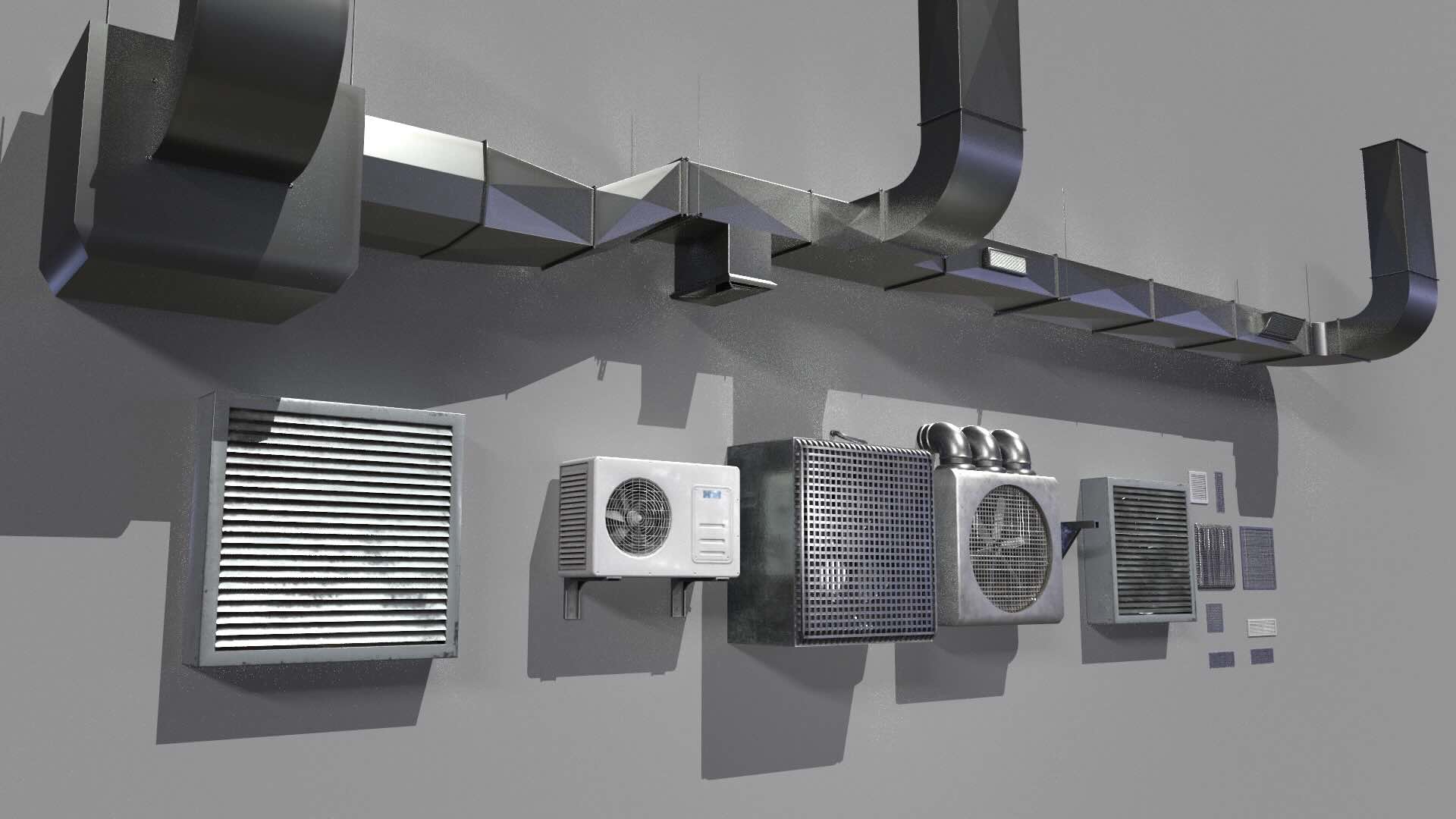
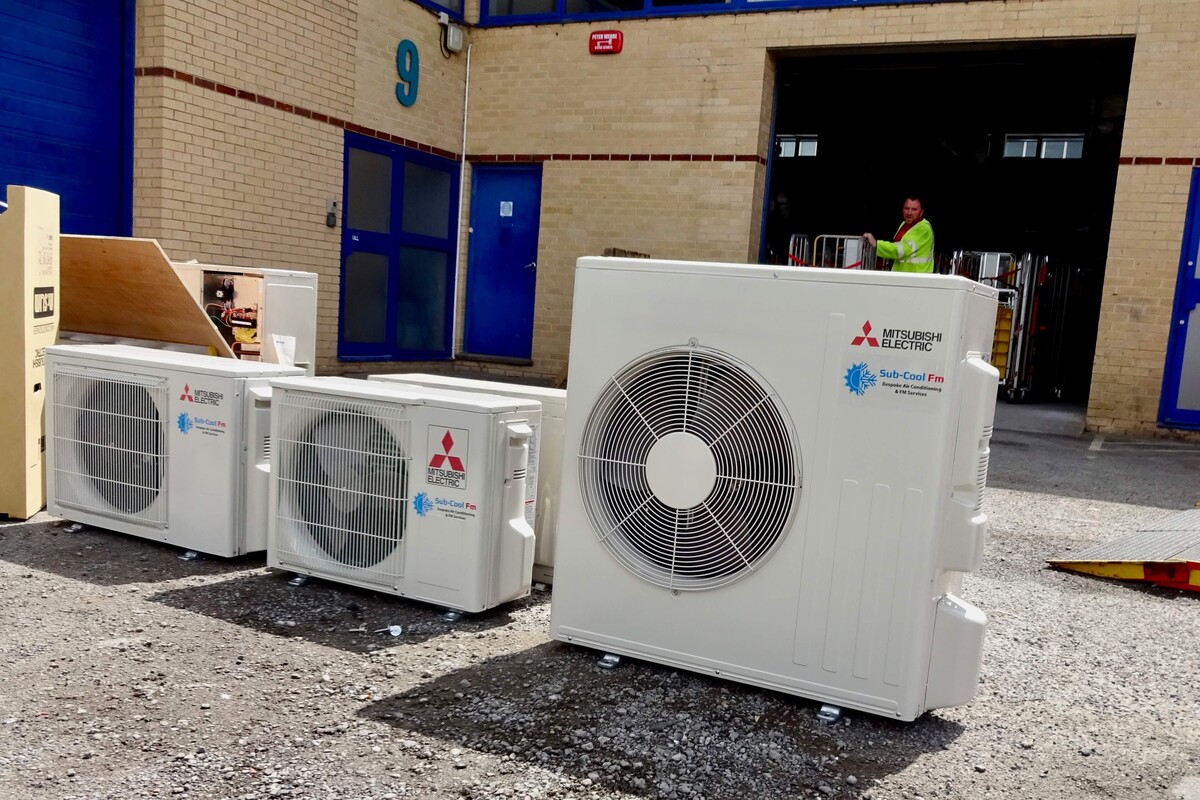
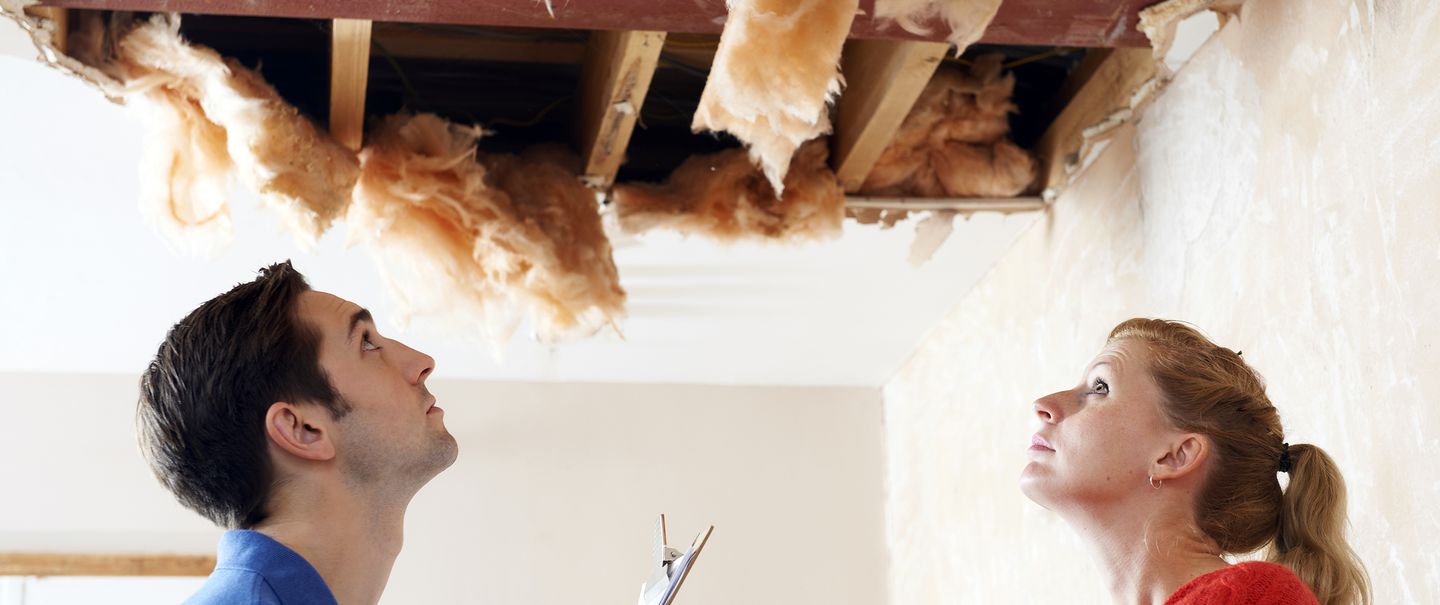
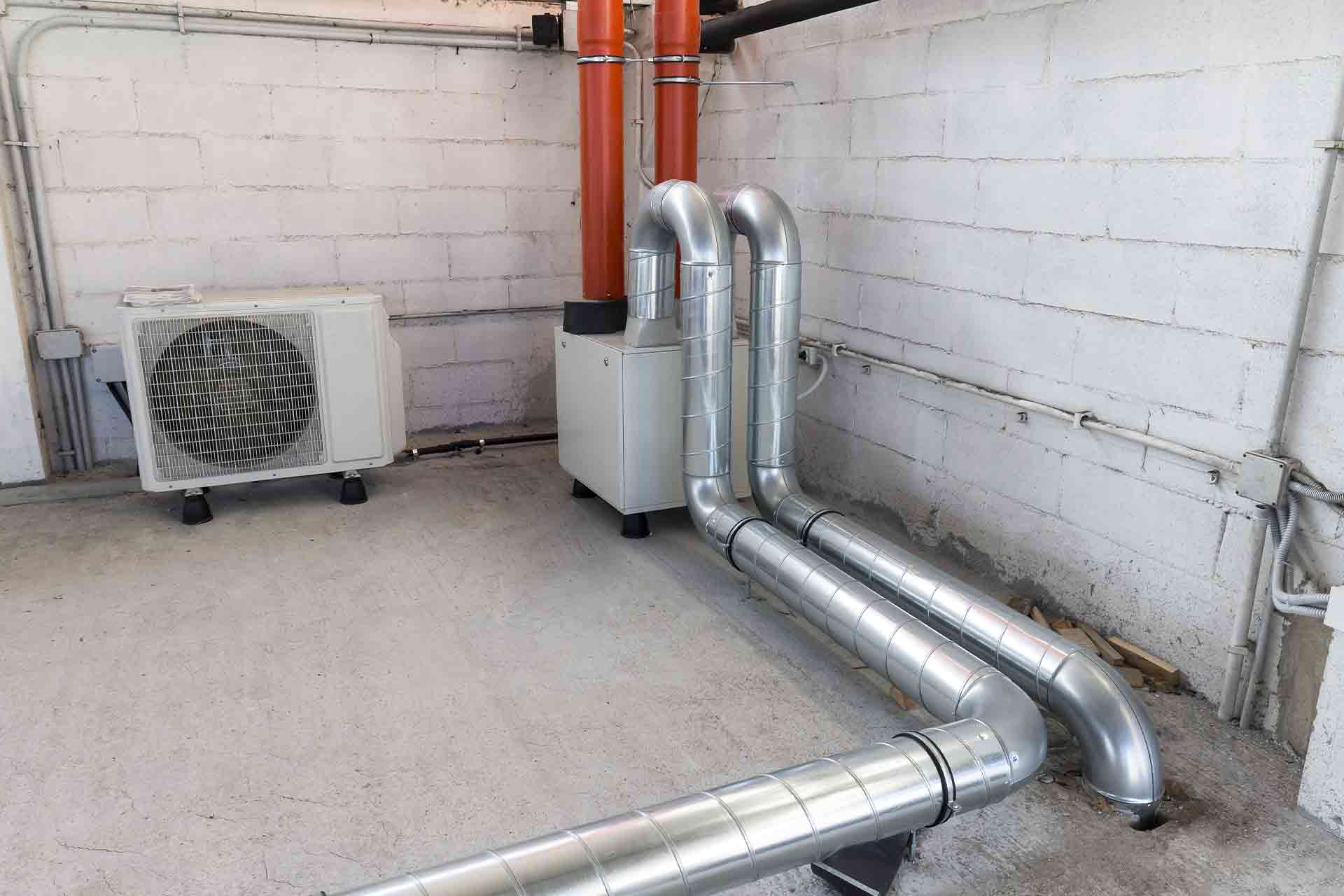
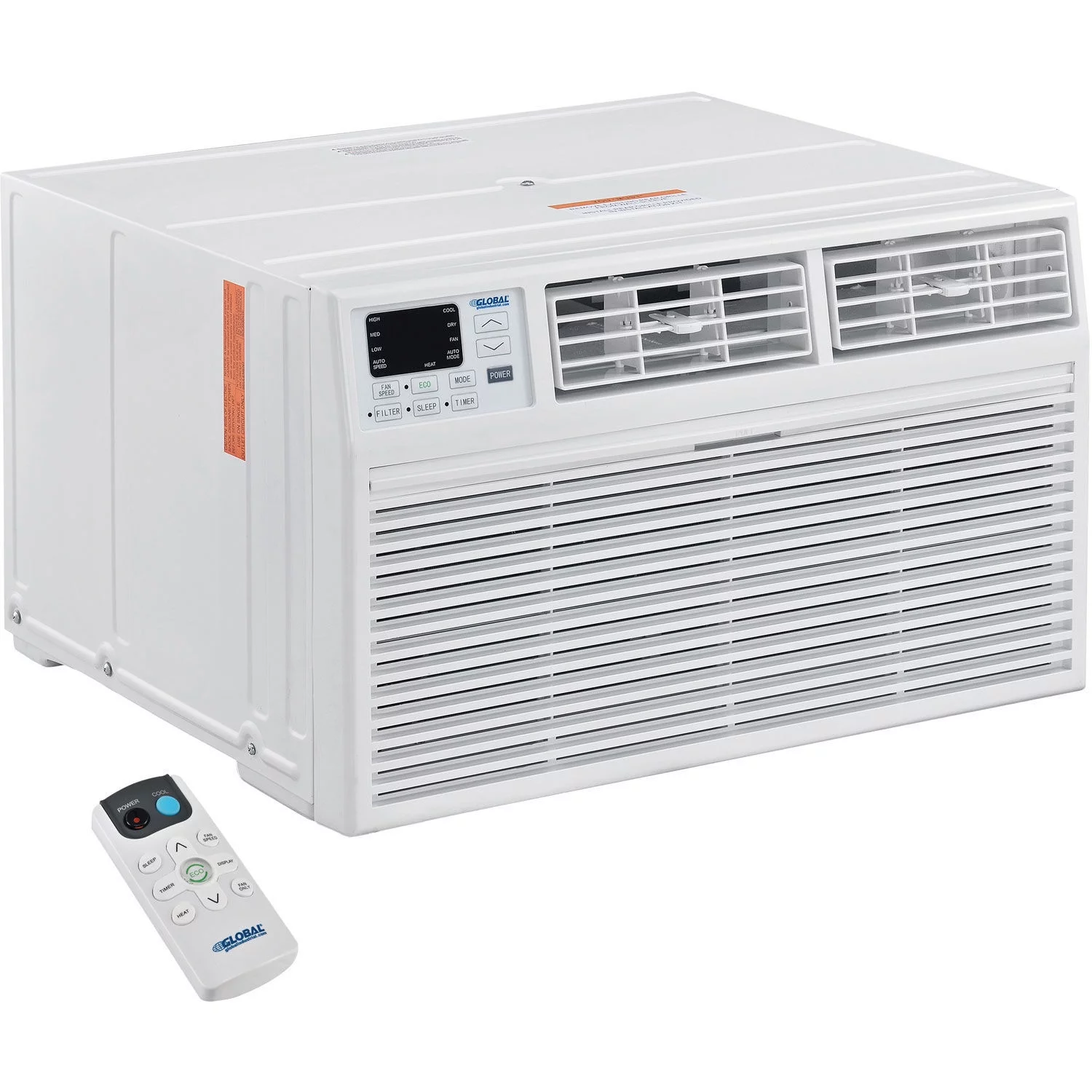
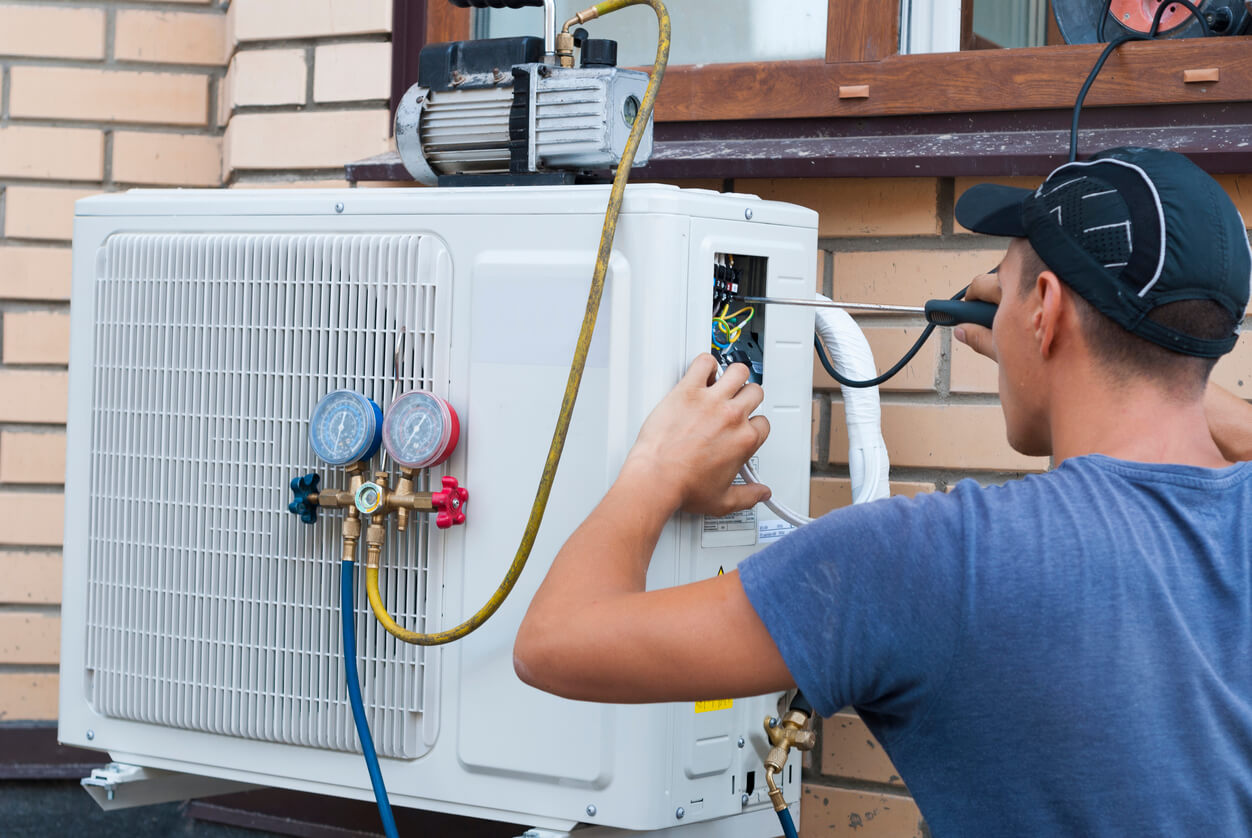
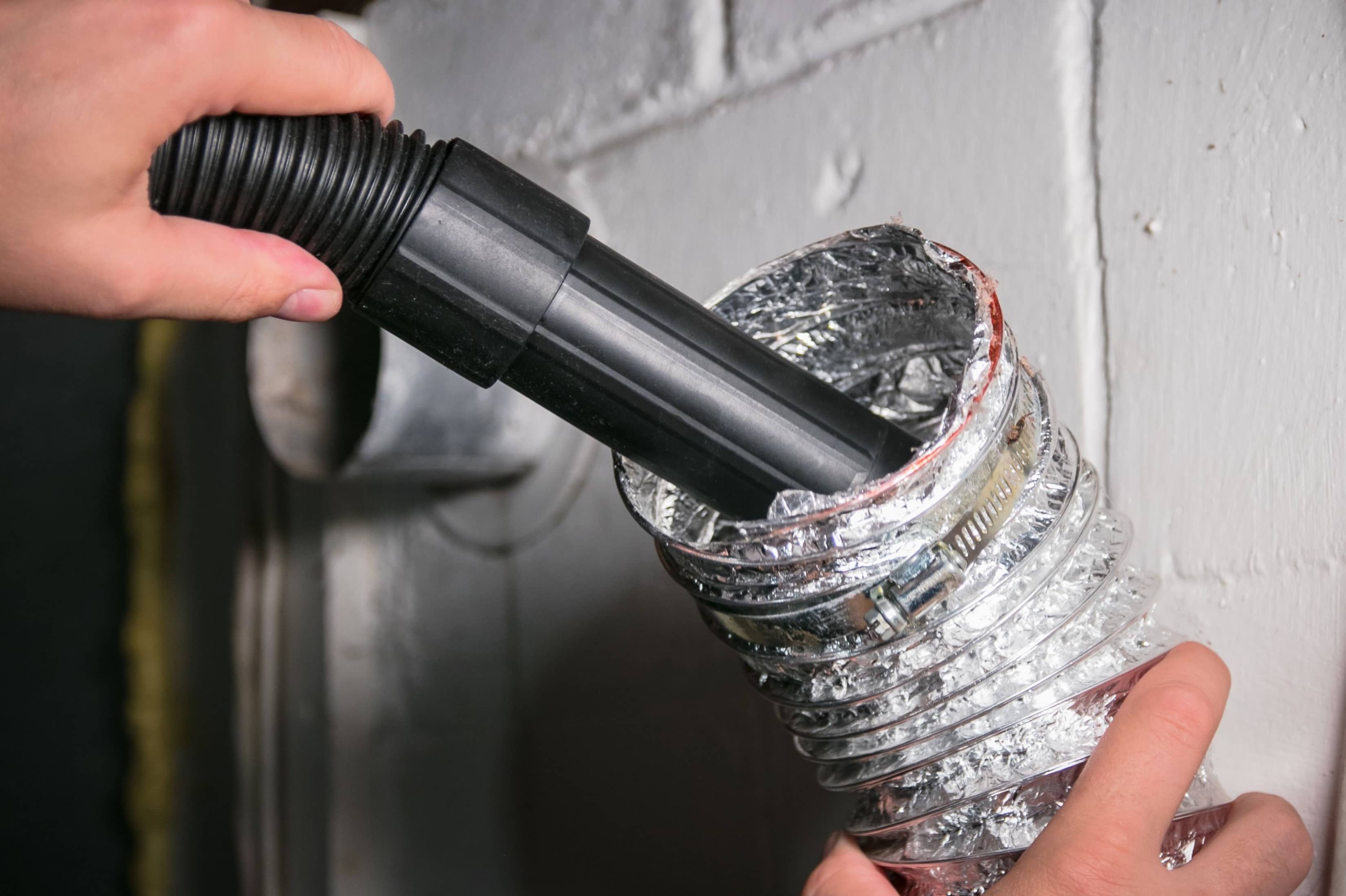
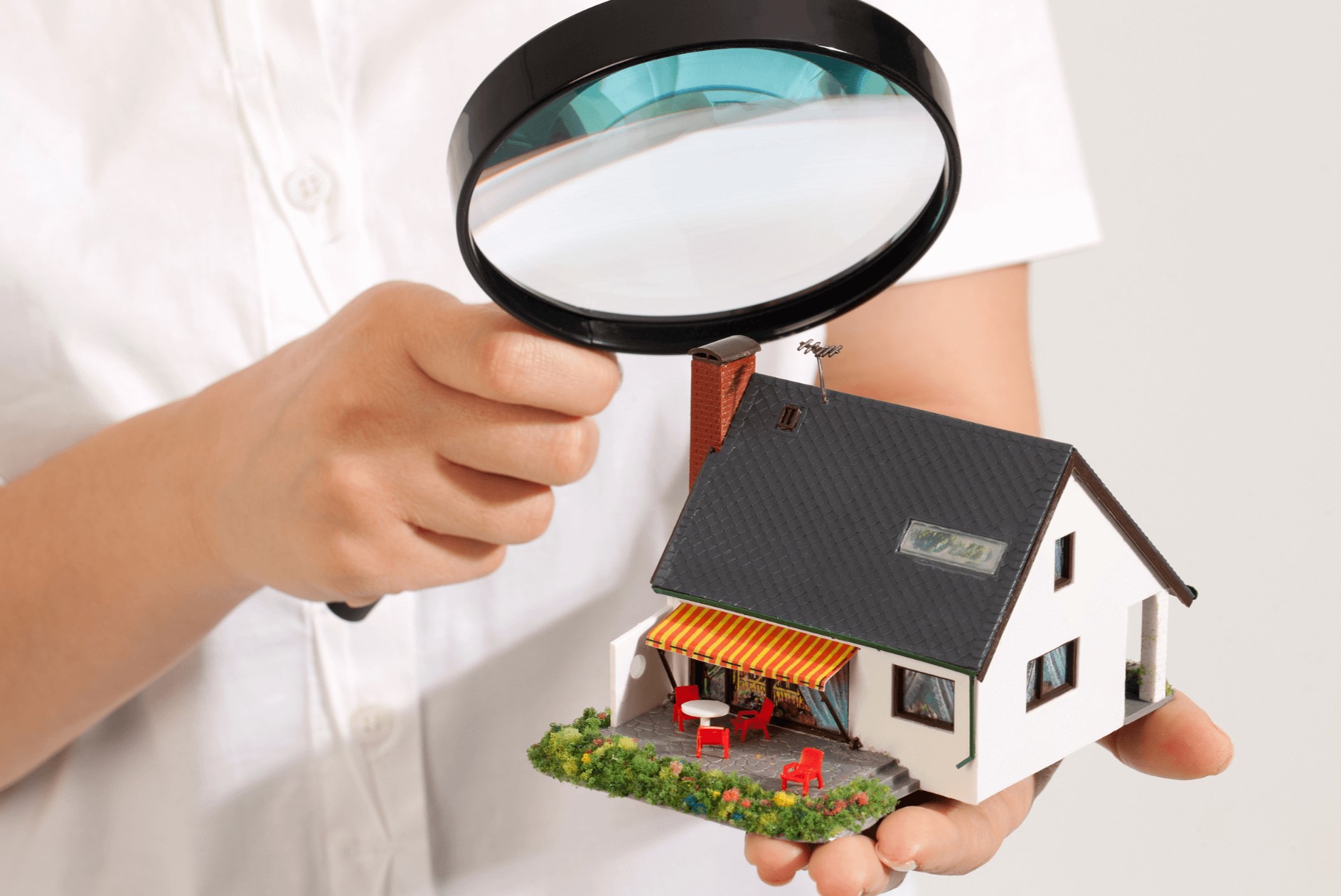
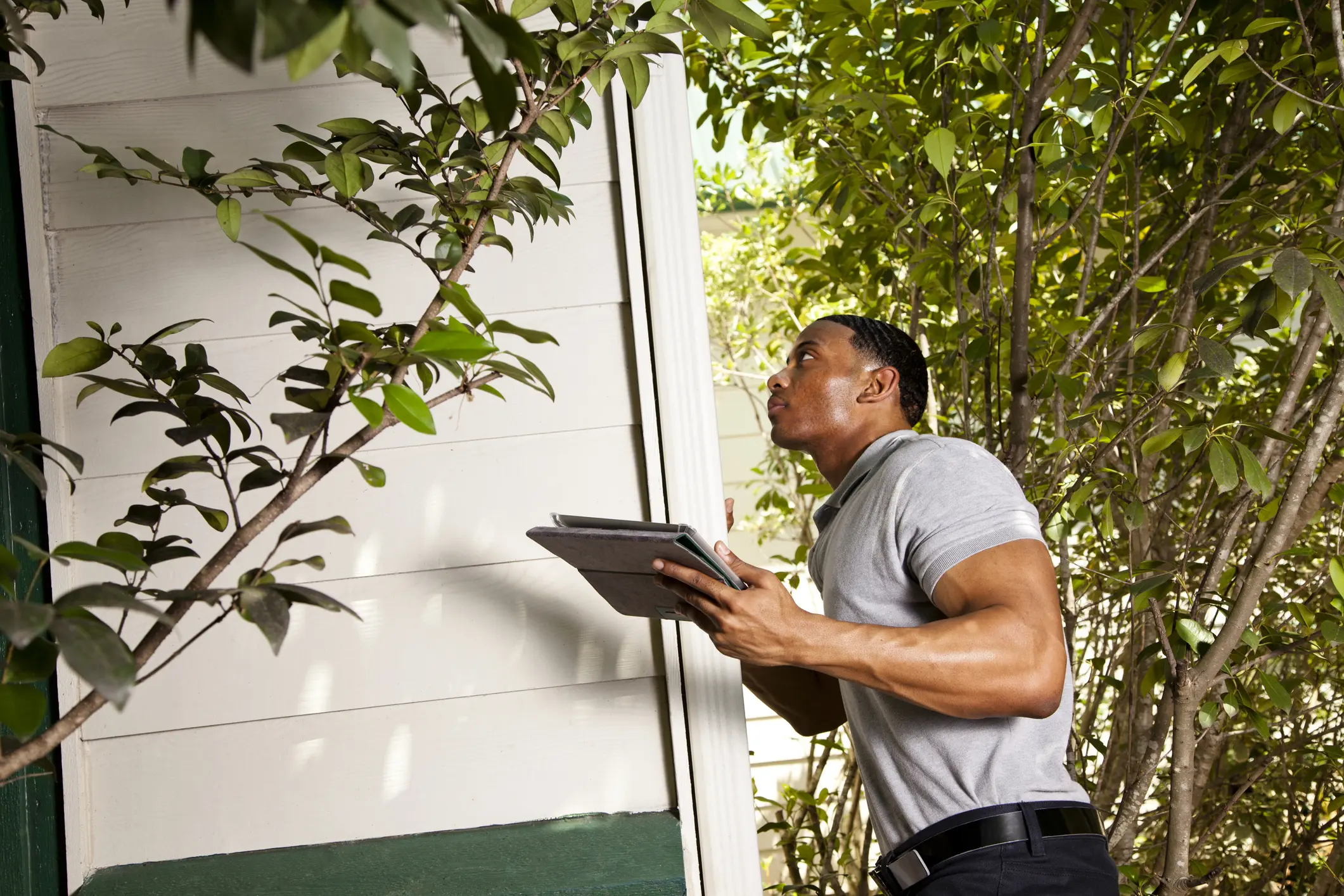
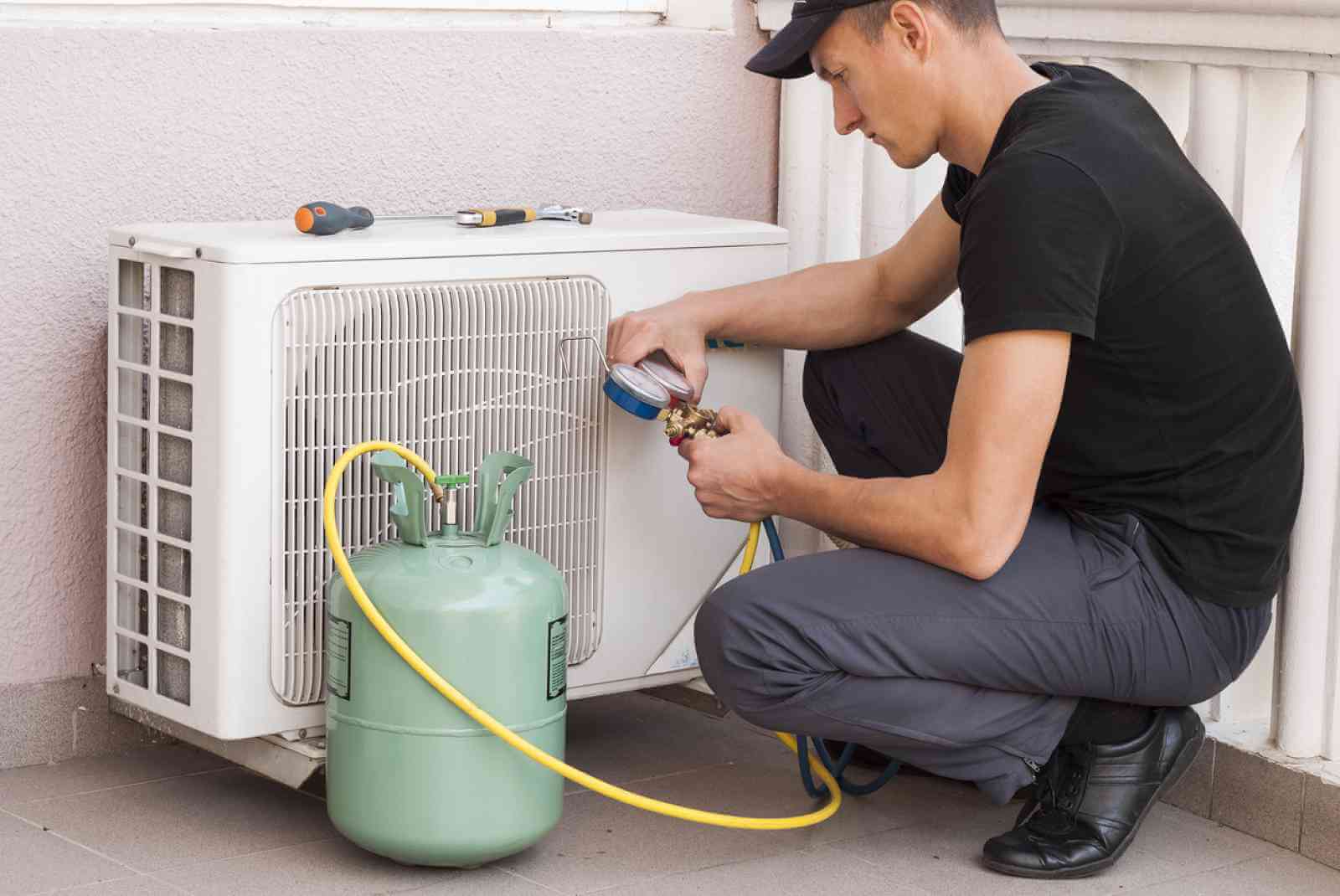
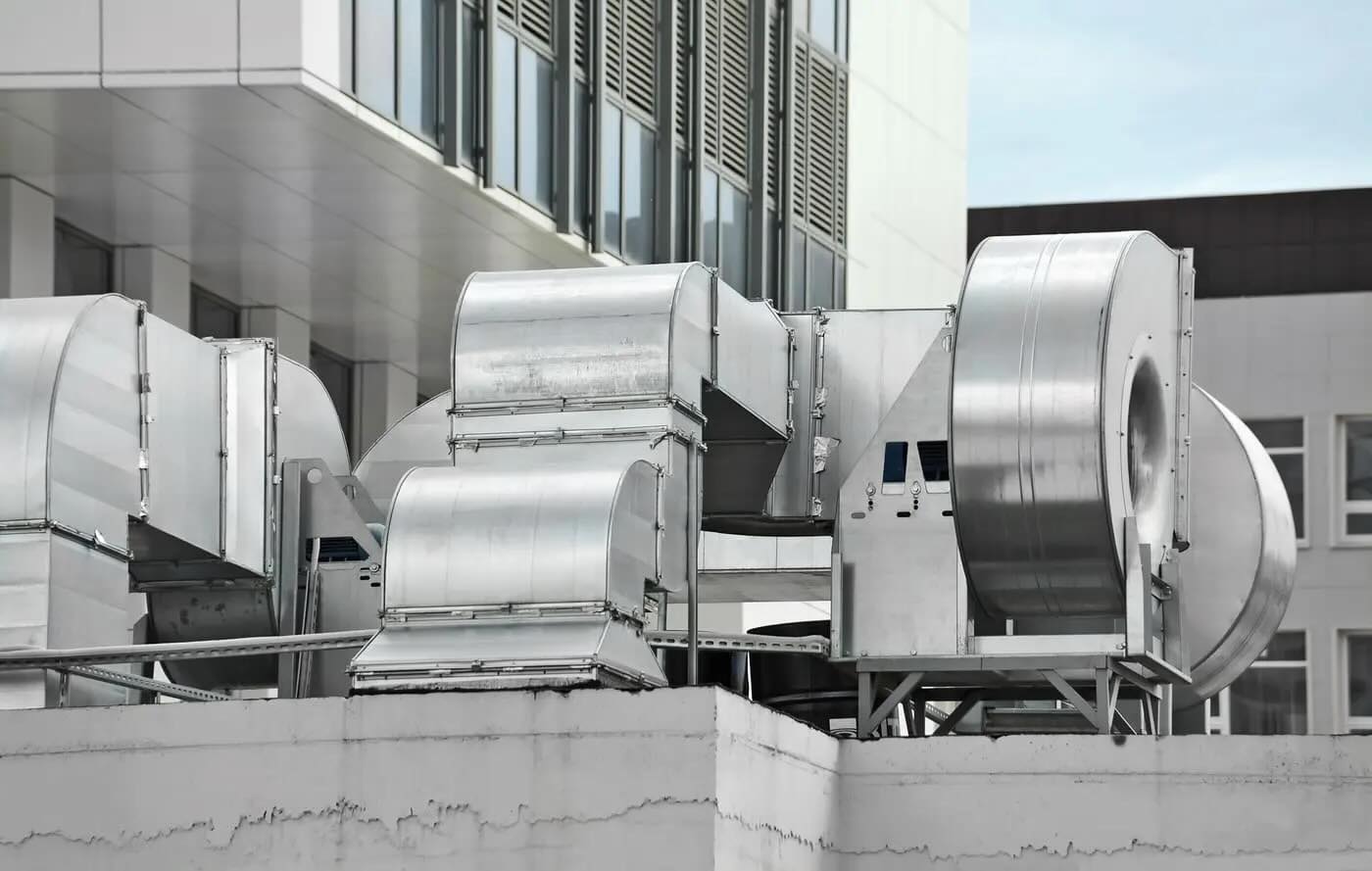
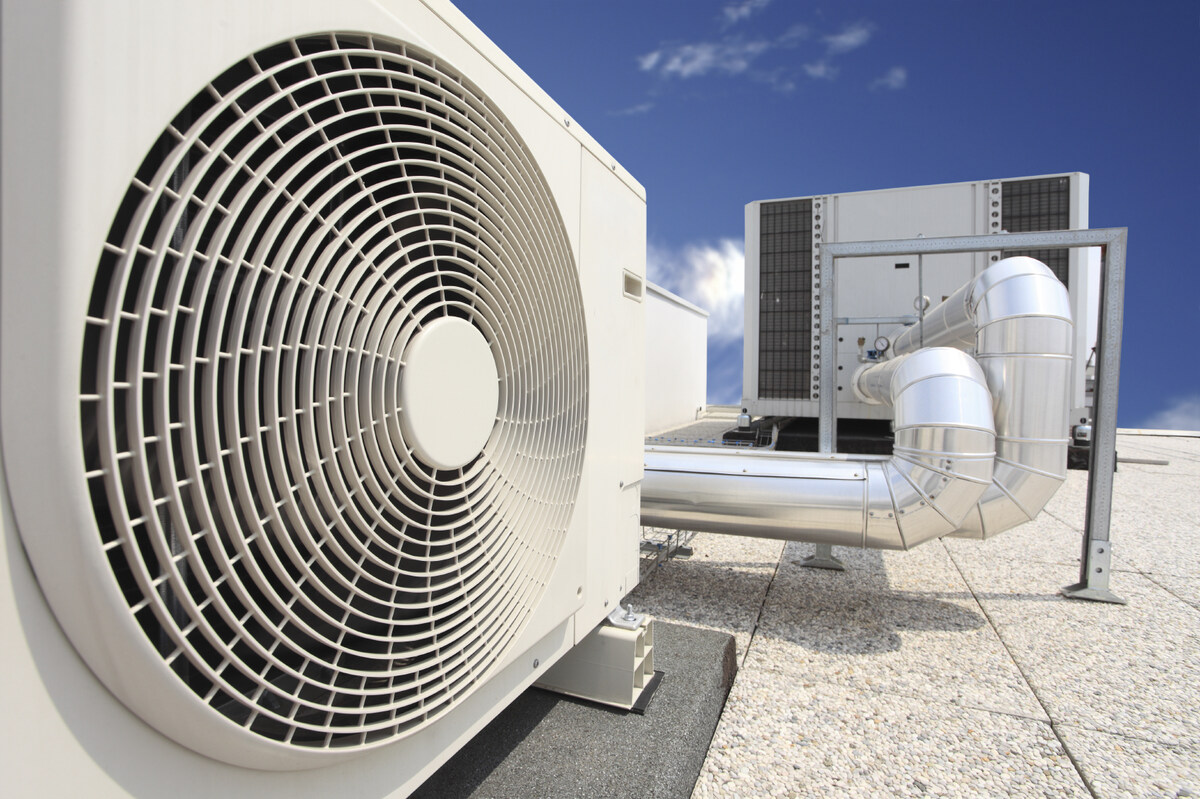

0 thoughts on “What Fails A Home Inspection”